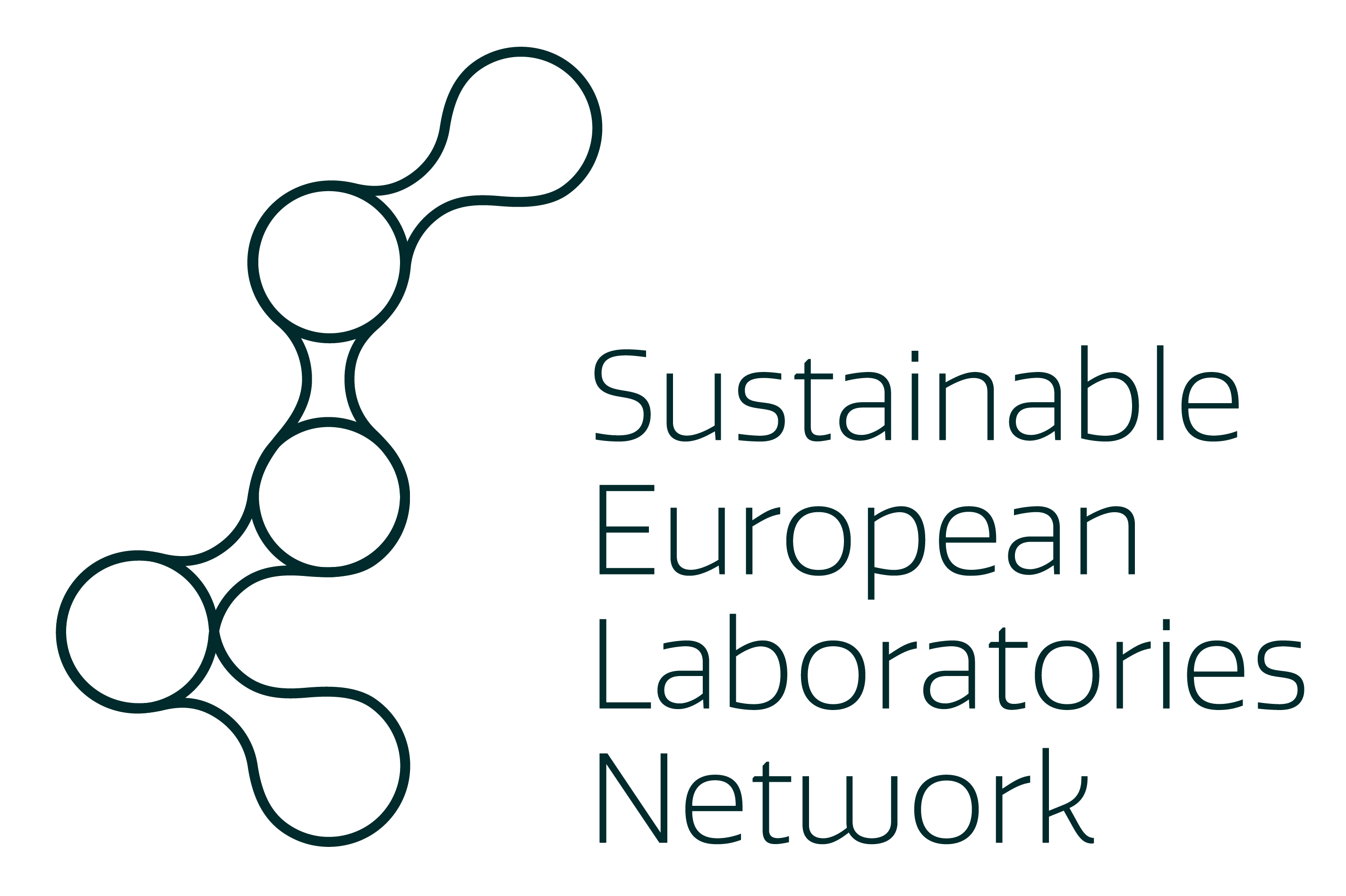Energy
Research laboratories rely on a wide range of energy-intensive equipment which consume significantly higher energy than other non-academic buildings. Reducing energy usage is not only essential for minimizing operational costs but also greatly reducing the environmental impact. Here are various effective strategies for increasing energy savings in research labs.
Equipment & Instrumentation
- Power management: Turn off equipment when not in use, activate sleep modes when applicable, invest in energy efficient models
- Equipment maintenance: Regular calibration and servicing improve efficiency and extend lifespan.
Behavioral & Operational Changes
- Educate researchers and other lab personnel on energy-saving practices
- Implement a “shut down” policy and ensure all non-critical equipment is turned off after hours.
- Conduct energy audits to identify high consumption areas and prioritize improvements.
Background Information
Useful Tools
- Sticker and poster templates – from various universities in the UK (via the LEAN Network)
Publications on this topic
-
Transforming ESCMID in a time of climate change: a call for sustainable conferencing– Bousema et al., 2024
- A little more conversation, a little more action, please: the carbon footprint of travelling to conferences of the European Health Psychology Society – Warmer et al., 2024
- The critical role of funders in shrinking the carbon footprint of research – Bousema et al., 2022
- Reducing the Carbon Footprint of Academic Conferences: The Example of the American Society of Tropical Medicine and Hygiene – Bousema et al., 2020
Transforming ESCMID in a time of climate change: a call for sustainable conferencing– Bousema et al., 2024
Best practice guides
Stickers & Posters
Cold Storage
Cold storage is found in abundance in lab spaces and added up consumes large amounts of energy. By creating good practices around your cold storage such as, regular cleaning and maintenance, accessibility inventories and optimal usage protocols you can ensure your cold storage is used efficiently. An -80 ultra low temperature freezer turned up to -70 can save nearly 30% on energy consumption.



